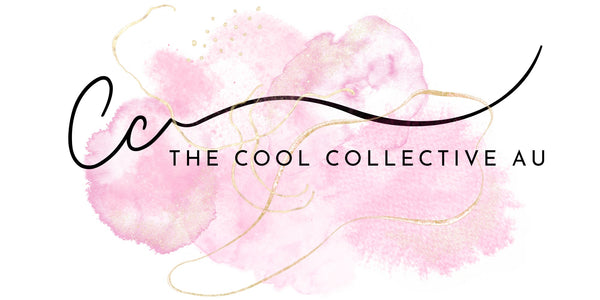
Mastering the Mix: Mixing Patterns and Textures in Home Decor
Share
In the realm of interior design, mastering the art of mixing patterns and textures can elevate your home decor from ordinary to extraordinary. While the idea of combining different patterns and textures might seem daunting at first, with a few simple guidelines and a bit of creativity, you can create a visually stunning and cohesive space that reflects your unique style and personality.
Firstly, let's delve into the world of patterns. Patterns add depth and visual interest to a room, but when overused or mismatched, they can create chaos instead of harmony. The key is to find a balance between contrasting and complementary patterns. Start by choosing a dominant pattern, which will serve as the focal point of the room. This could be a bold floral print, a classic stripe, or a geometric design. Once you've selected your dominant pattern, look for secondary patterns that complement it. These secondary patterns can vary in scale and style but should share at least one common colour with the dominant pattern to create cohesion.
For example, if you've chosen a large floral print for your curtains, you could balance it out with smaller-scale geometric throw pillows or a subtle striped rug. Mixing different types of patterns, such as florals with stripes or geometric with organic, adds visual interest and prevents the room from feeling too busy or overwhelming.
In addition to patterns, textures play a crucial role in creating depth and dimension in a room. Textures add tactile appeal and can make a space feel more inviting and cozy. When mixing textures, consider the overall mood and style you want to achieve. For a casual, relaxed vibe, incorporate natural textures like wood, rattan, and woven fabrics. These textures bring warmth and earthiness to a room and pair well with soft, cozy materials like plush throws and knitted blankets.
On the other hand, if you prefer a more sophisticated and luxurious look, opt for rich textures like velvet, silk, and faux fur. These textures add glamour and opulence to a space and can be balanced out with sleeker materials like metal and glass for a modern twist.
When combining patterns and textures, it's essential to consider scale and proportion. Mixing a variety of scales creates visual interest and prevents the room from feeling flat. For example, pair a large-scale patterned rug with smaller-scale patterned accent pillows or vice versa. Similarly, vary the texture of furnishings and accessories to create a dynamic and layered look.
Colour also plays a significant role in pattern and texture mixing. While it's essential to have a cohesive colour palette, don't be afraid to introduce pops of contrasting colours to add excitement and personality to a room. Experiment with different colour combinations to find what works best for your space, keeping in mind the mood and atmosphere you want to create.
In conclusion, mastering the mix of patterns and textures in home decor is all about finding the right balance and creating visual harmony. Start by choosing a dominant pattern and layering in complementary patterns and textures to add depth and dimension. Pay attention to scale, proportion, and colour to ensure a cohesive and visually stunning result. With a bit of creativity and experimentation, you can transform your home into a stylish and inviting space that reflects your unique sense of style.
 is here! Shop now, pay later in 4 easy installments
is here! Shop now, pay later in 4 easy installments
